10
Great Blue Hole, Belize
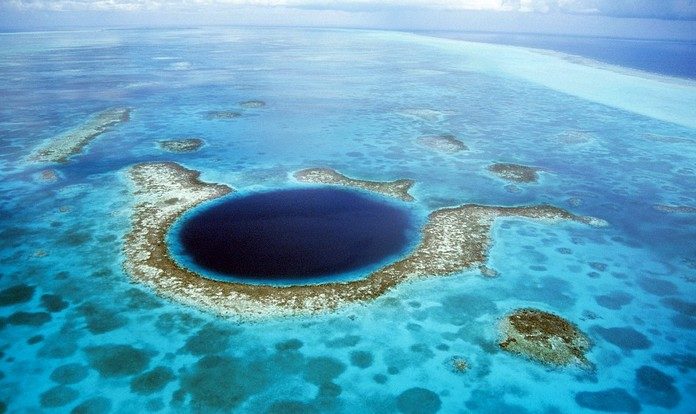
Tides turn the Great Blue Hole into a huge vortex that draws in everything on the surface, while ebbs make it spout huge columns of water.
Despite all this, though, there still are many who want to see this hole because Jacques Cousteau himself called it one of the best places for diving on Earth.
9
Jacob’s Well, Texas, USA
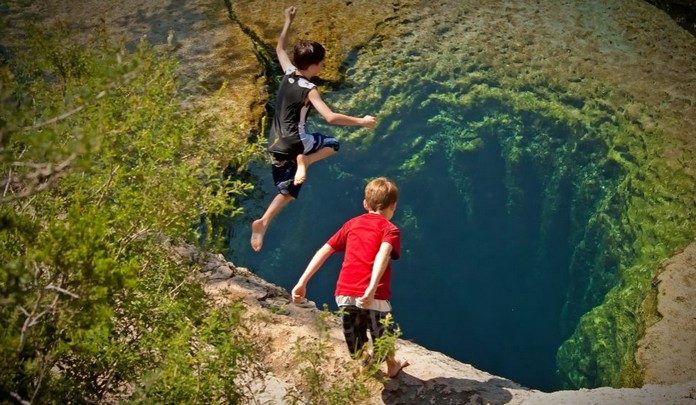
This 30-foot deep natural well with crystal clear water is one of the most dangerous diving places in the world.
At the bottom of Jacob’s Well there are several entrances to a broad network of caves that many are unable to leave.
8
Lake Michigan, USA
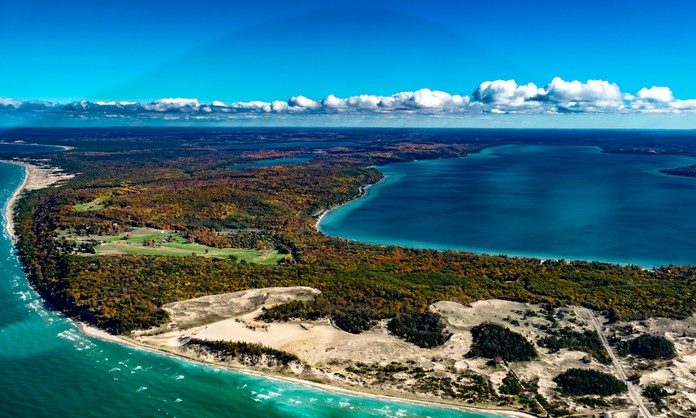
Lake Michigan is almost as notorious as the Bermuda Triangle because it’s over this lake that one of the most horrible air crashes occurred for no logical reasons.
7
Lake Natron, Tanzania
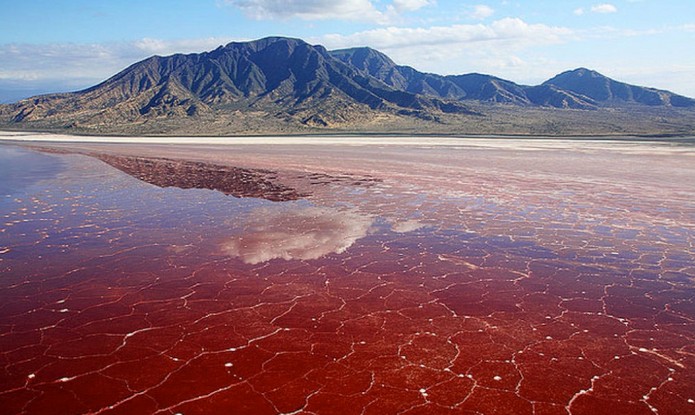
Lake Natron is one of the saltiest and most alkaline lakes on Earth, covered with a salt crust that’s sometimes colored red.
The water temperature reaches 120°F (50°C) in certain places, which makes it, along with alkalinity, almost unfit for life.
6
Blue Hole, Dahab
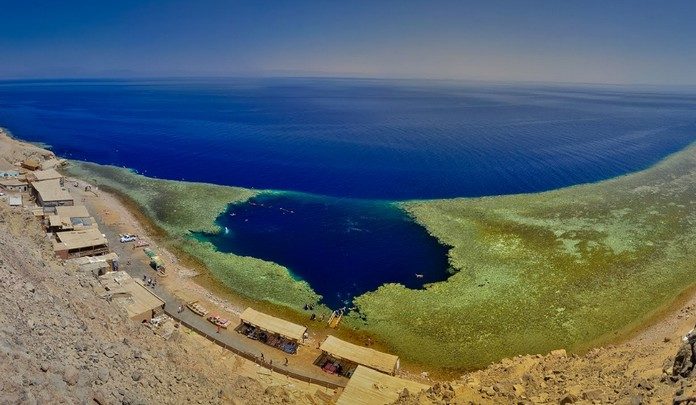
The Blue Hole is possibly the most dangerous place for diving in the world as many divers have died in this 400-foot deep cave.
5
Horseshoe Lake, USA
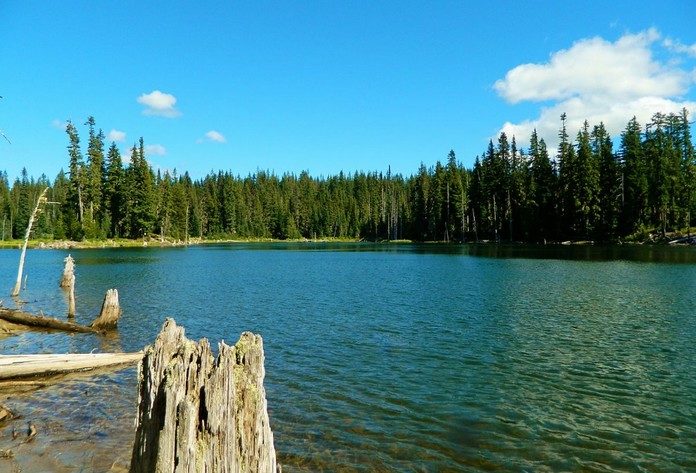
The carbon dioxide emitted from the fissures in the bottom of Horseshoe Lake is deadly for everything. The lake was the cause of the death of four people.
4
Boiling Lake, Dominica

This lake located 8 hours from the ground may heat up to 198°F (92°C) due to hot air spurts from beneath the ground – they often neighbor with lava.
3
Rio Tinto, Portugal/Spain
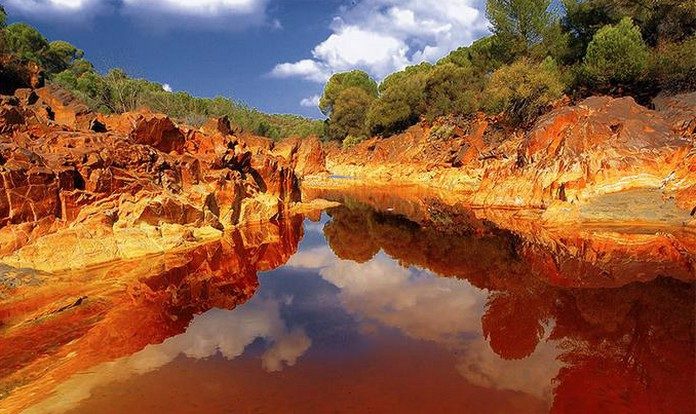
Fossil excavation that has been carried out at the head of the Tinto River for more than 3,000 years lead to it being saturated with copper, iron, and heavy metals, with the acidity leaping sky-high.
2
Drake Passage

Icebergs, wind speeds reaching 80 miles per hour, strong currents, and poor visibility are part of the ordeal that ships going through the Drake Passage must survive.
1
Lake Kivu
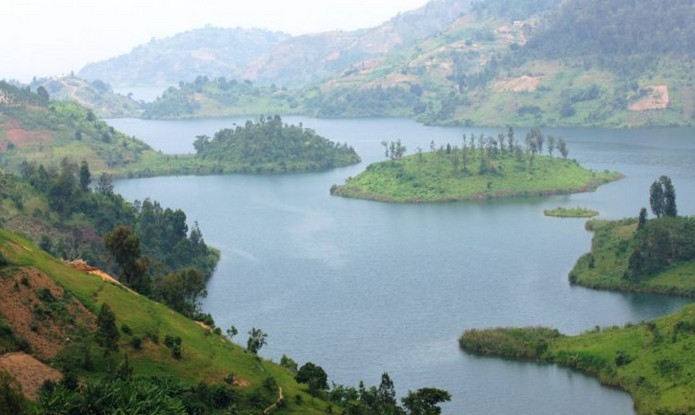
This seemingly peaceful lake keeps a deadly secret: there are layers of CO2 in it and 55 billion cubic meters of methane at the bottom.










